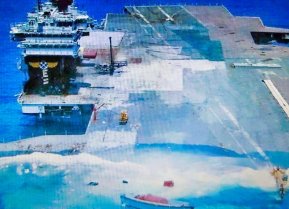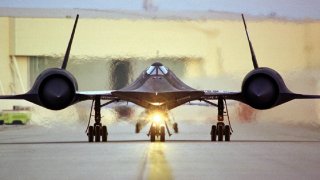SR-71 Blackbird: Was This Mach 3 Spy Plane Retired Too Soon?
What if the SR-71 Blackbird came out of retirement like a hall of fame quarterback to save the day after 9/11? That almost happened.
Summary: Post-9/11, there was a brief period of optimism about reviving the SR-71 Blackbird, a reconnaissance aircraft retired in 1999. With three operational units housed at NASA's Edwards Air Force Base, stakeholders in the Pentagon and intelligence community considered a comeback feasible. They estimated a $45 million investment could restart missions within 60 to 90 days. However, logistical challenges such as training new crews, sourcing spare parts, and updating technology proved daunting. Ultimately, the decision was made against reactivating the Blackbird due to the efficiency and capabilities of spy satellites, leading to the aircraft’s final decommissioning and display in museums.
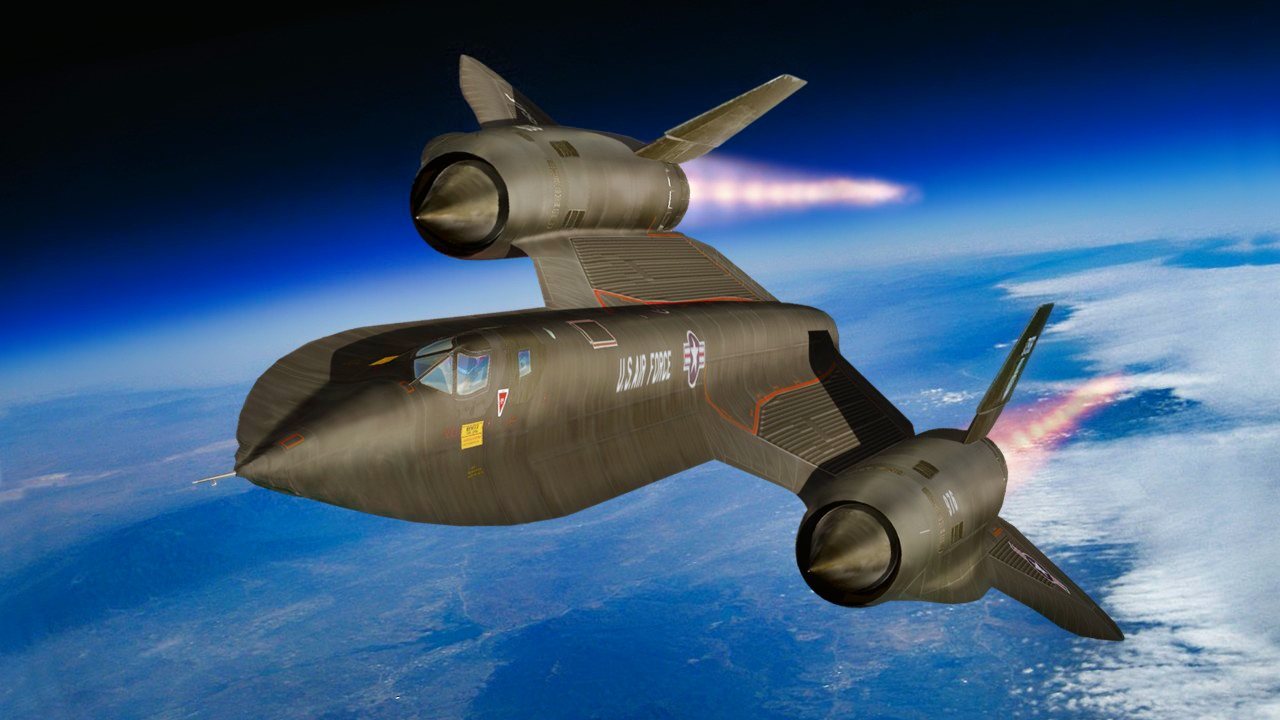
SR-71 Blackbird's Brief Brush with Revival Post-9/11: A Look at What Could Have Been
What if the SR-71 Blackbird came out of retirement like a hall of fame quarterback to save the day after 9/11? That almost happened.
The SR-71 program shut down for good in 1999. But the airplane had many fans in the Department of Defense and in Congress. These supporters disagreed with the Clinton administration's decision to cancel it and thought the spy plane too valuable to be put out to pasture.
Could A SR-71 Redux Really Happen?
After all the startups and temporary shut-downs of the SR-71 program during the 1990s, three of the spy planes were still operational and had been transferred to NASA and housed at Edwards Air Force Base as of September 13th, 2001.
Hey, Maybe The Return of the SR-71 Blackbird Is Doable?
The folks over at the Drive.com described the chain of events. At that time, uniform officers and civilians at the Pentagon mused as to whether the SR-71 could make a comeback after 9/11. The answer was in the affirmative. The intelligence community affiliated with the Blackbird was excited. They estimated that it would take $45 million to jump-start the airplane and give it operating funds for a year. They figured that in only 60 to 90 days they could get the Blackbird to start flying missions again and deliver intelligence data during what was going to be a decades-long global war on terror.
But It Was a Long Way Back
This was still going to be difficult despite the early optimism. New ground crew and pilots would have to be trained. Cobwebs would have to knocked off the airplanes. Intelligence analysts would have to be assembled to exploit the intel data collected by the Blackbird, and more importantly, did they have the technology to do their jobs right? Plus, where we're all the spare parts going to come from?
The Intelligence Analysis Would Not Be a Problem
But not to fear. The intelligence analyst’s problems could have been solved with an upgrade to the airplane’s L-52M datalink. This was made to integrate with other data analysis systems, along with the existing Advanced Synthetic Aperture Radar System, so no need to re-invent the wheel.
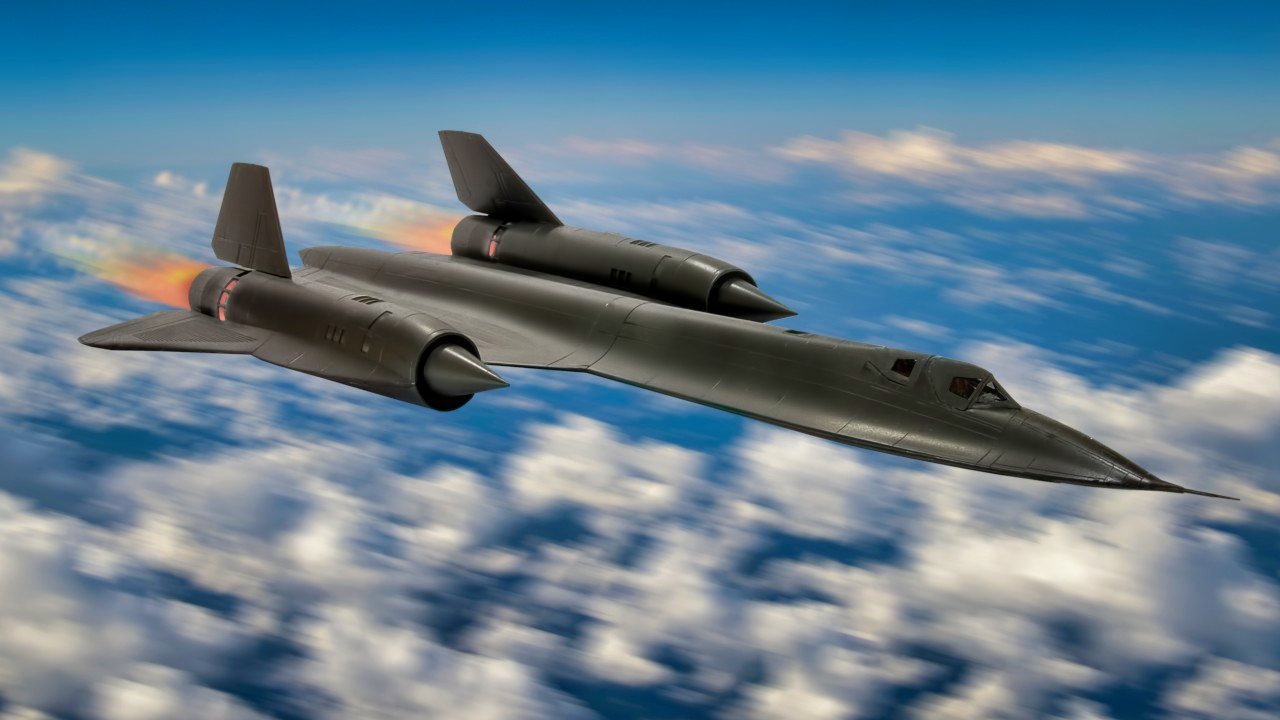
This was considered a minor problem compared to the relatively high cost of time, money, and resources needed to keep the airplane flying regular missions over Afghanistan. Spy satellites were probably more effective than any recon from the Blackbird could provide. This got the naysayers to refrain from bringing the Blackbird back to service.
But It Was the End of the Road
The three remaining SR-71s were sent to museums and as an added symbolic gesture for the end of the road, they had their wings sawed off to make transportation easier. The trainer model was taken apart too, which meant that it would not be possible for new pilots and crews to be schooled in the intricacies of flying and maintaining the SR-71.
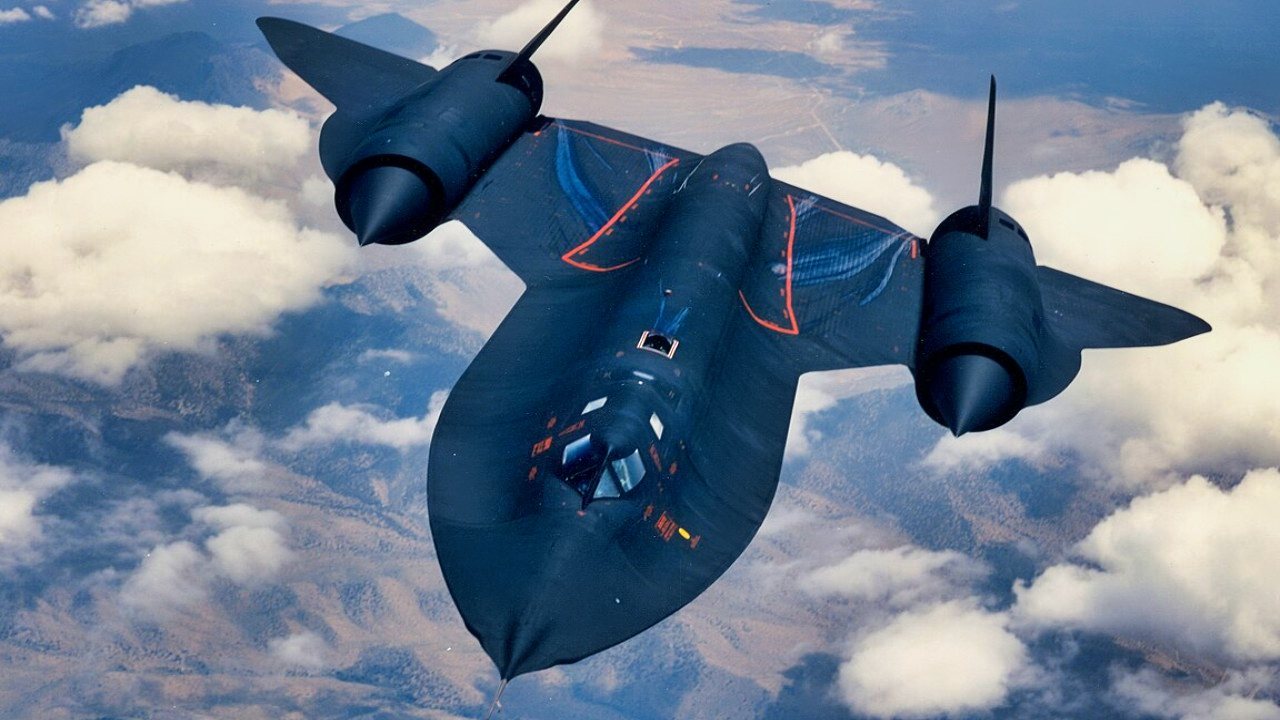
Final retirement was a prudent decision despite all the nostalgia for the airplane. Spy satellites can do the same job. It was probably going to take more than $45 million to get the Blackbird ready again. Pilots and crew could better be used on other airplanes. And intelligence analysts could go back to studying recon satellite images. It just wasn’t practical to keep the Blackbird in service.
About the Author
Brent M. Eastwood, PhD, is the author of Humans, Machines, and Data: Future Trends in Warfare. He is an Emerging Threats expert and former U.S. Army Infantry officer. You can follow him on Twitter @BMEastwood.
